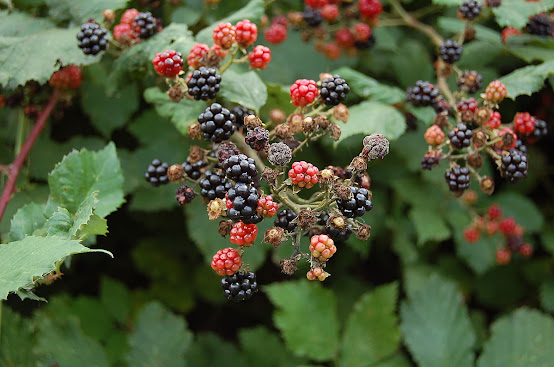The Himalayan Blackberry: An Unwelcome Intruder in Victoria, BC

Introduction: The Himalayan blackberry, scientifically known as Rubus armeniacus, is a species of blackberry that has become a notorious part of the Pacific Northwest landscape. Introduced to North America as a food crop in the late 19th century, this plant has since spread far and wide beyond cultivation, becoming one of the region's most aggressive and damaging invasive species. While the berries may be delicious, the overall impact of this invasive plant on local ecosystems is far from sweet. 1. Rapid and Aggressive Growth: The primary reason Himalayan blackberry is considered highly invasive is due to its rapid and aggressive growth. With canes that can grow up to 20 feet in length in just one season, the Himalayan blackberry quickly forms dense, impenetrable thickets that cover large areas of land. This rapid growth enables the plant to outcompete and effectively smother native vegetation, thereby disrupting local ecosystems. 2. Impact on Biodiversity: By outcompeting native p
.jpeg)